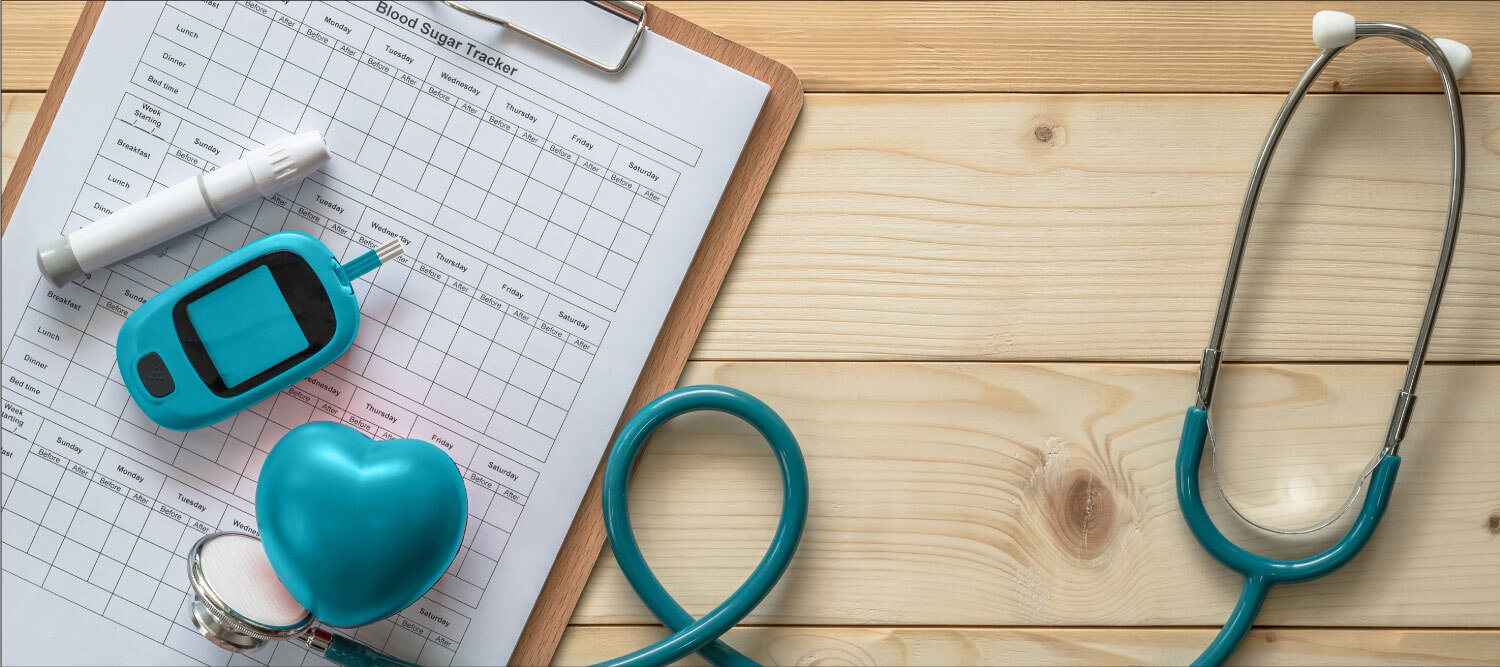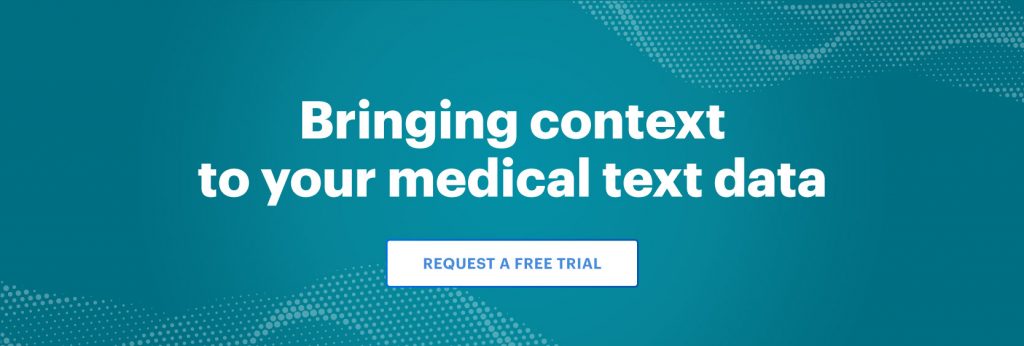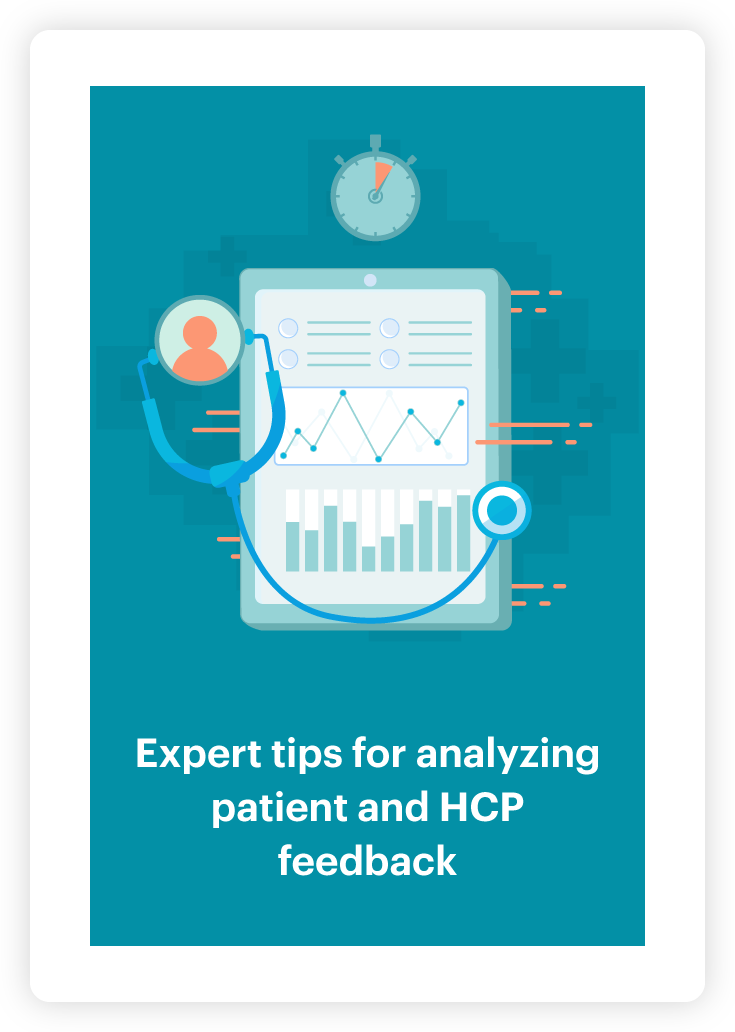Comparing diabetes conversations using text analytics for health

Traditionally, trying to find insights in qualitative health and medical text data has required workaround solutions. With no software offering tailored text analytics for health, insights professionals needed to interpret findings from general AI language models. Specialized medical language requires a pinpoint solution to capture complete context.
The launch of Relative Insight Medical signals the arrival of a pioneering solution. This new feature analyzes text data using a specialized healthcare lexicon. This means that it recognizes topics, phrases and words with unique medical definitions which may be overlooked by general AI models.
How does this work in practice? To demonstrate, we looked at an area of health which impacts millions of people across the globe: diabetes. We began by using a social listening tool to gather online diabetes conversations from both generalist areas and specialist medical spaces – incorporating both type 1 and type 2 diabetes.
We then uploaded the conversations for analysis using Relative Insight Medical. Using comparison, the platform surfaces the similarities and differences between online discussions. We ran multiple comparisons with these conversations examining differences between the type of diabetes and specialist versus non-specialist discussions.
What we uncovered demonstrates that text analytics for health informs like never before.
How All Audiences Discuss Type 1 And Type 2 Diabetes
The varying causes of type 1 and type 2 diabetes are reflected in online conversations about the conditions, with key differences in the healthcare-specific language identified by Relative Insight Medical.
Health populations discussing type 1 diabetes are 1.5x more likely to talk about ‘administration’. In general text analysis models, this might relate to paperwork or other definitions of administration. However, Relative for Medical correctly identifies this topic with conversations about administering treatments, including words like ‘dose’, ‘needles’, ‘injections’, and ‘shots’.
“I do wish type 1 diabetes could be reversed. That would definitely give me incentive to do just about anything. This is a miserable disease; I take 6- 7 shots per day and check my blood sugar 6- 7 times per day. That’s a lot of pokes!“
Interestingly, it’s type 2 diabetes conversations which are 1.3x more likely to highlight ‘treatments’. This included words such as ‘insulin’ and ‘metformin’, which would be categorized as a treatment by a general AI model. However, the platform also correctly identified words such as ‘sugar’ and ‘protein’ as related to diabetes treatments, rather than as foods or nutrients.
“I mentioned in another reply, I use soup, broth, veggies, dribbled egg and small amount of rice to help bring my sugar levels down (usually after eating bad foods) for 2 – 3 days.“
Diet plays a key role in type two diabetes, so it’s no surprise that ‘dietary supplements’ featured 2.2x more in these diabetes conversations. However, using our medical lexicon, this topic features words like ‘snack’ and ‘recipe’ – which would traditionally fall under the topic of food in a general context. Relative for Medical pinpoints these words’ different meaning within a medical context.
Contrasting Specialist And General Conversations
Relative Insight Medical not only offers 33 bespoke medical topics, but also features every topic found within Relative Insight Explore.
To illustrate this, we compared diabetes conversations hosted on specialist medical domains with those from general platforms. There will be times where healthcare, medical, pharmaceutical or biotech companies and agencies need to mirror language used by the general public – our medical text analysis platform is the perfect tool to support this.
Unsurprisingly, diabetes conversations featured in specialist medical areas are more likely to feature Relative for Medical’s tailored medical topics. This mainly consisted of different symptoms. The platform surfaced topics including ‘hemic and immune system symptoms’ (2.9x), ‘nervous system symptoms’ (2.6x), ‘abdominal symptoms’ (14.6x) and skin symptoms (4.7x). These topics incorporated words such as ‘blood’, ‘cramps’, and ‘bruise’, as well as recognizing the health-specific usage of words including ‘severe’ and ‘complex’.
“Considering that non-diabetic blood fasting sugars are usually less than 95, I can understand that you are concerned about your numbers. To further reduce blood sugars, my first recommendation would be to look at your diet.“
Discussions gathered from generalist sources under indexed for medical-specific words and topics, however, our platform still identified the linguistic features which differentiate this audience. This took the form of emotion.
Rather than describing symptoms in detail, generalist conversations were more likely to reference how the condition, and activities related to it, made them feel. They were 4.0x more likely to reference words and emojis related to happiness, including ‘happy’, ‘funny’ and ‘😂’. Other emotions which over indexed in these conversations included ‘contentment’ (3.1x), ‘surprise’ (3.1x) and ‘frustration’ (2.0x).
“Sometimes I feel low just before bed time but I don’t wanna take the test, because it would confirm that I’m low and I’ll have to eat something and I’ve already brushed my teeth. 😂”
A Better Way To Analyze Qualitative Medical Data
Diabetes conversations lend themselves perfectly to a bespoke medical text analysis tool. As demonstrated by our comparison, discussions about both type 1 and type 2 diabetes include many words which might be categorized differently by a general AI model.
Relative Insight Medical interpreted words and topics such as ‘administration’, ‘sugars’ and ‘snack’ within their correct context, resulting in more precise insights which don’t require workarounds to reach.
Text analytics for health is evolving. If you want a demonstration of how Relative Insight Medical can enhance your analysis of medical text data, sign up for a free trial now.

